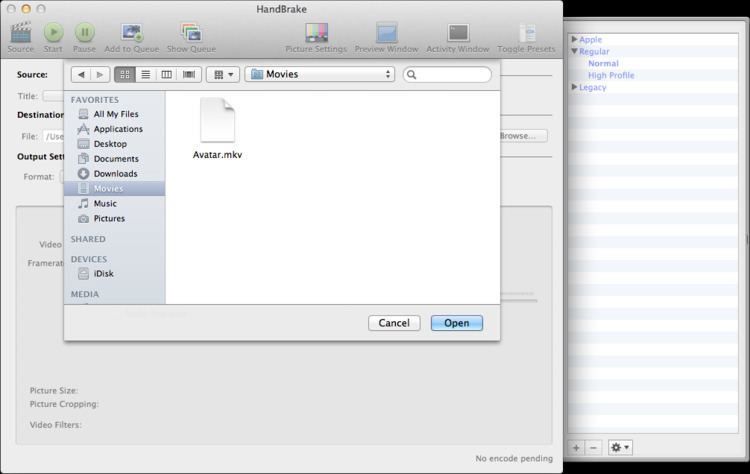 | ||
The sidebar is a graphical control element that displays various forms of information to the right or left side of an application or desktop user interface. Status lines are similar elements displaying data on top or bottom edges.
Contents
Widgets in sidebars
In a number of Widget engines, one is able to install applets (known by various trademarked terms as "widgets", "desklets", and "gadgets") which can reside within or outside the sidebar. Notable examples include:
Application window sidebars
In specific desktop applications, such as the Opera web browser, OpenOffice.org, SoftMaker Presentations and Windows Explorer, one is able to view various features (that are allowed by the developer(s) of the application) within the sidebar of the application.
Mac OS X
Early versions of Mac OS X's Aqua UI supported a sidebar concept called, drawers, which draw out of the application window rather than expand from the inside like most application sidebars, are used. Despite criticism, third-party applications like Transmit, OmniWeb, Shiira and BBEdit quickly adopted drawers. The standard email client, Mail, used drawers for listing mailboxes prior to 10.4 ("Tiger"), when they were replaced by a traditional sidebar. A number of other Apple-created applications and third-party applications have replaced drawers with a sidebar, or re-designed the interface to make a sidebar/drawer unnecessary. Apple's Human Interface Guidelines now recommend against their use. Formerly drawer-heavy apps, like iCal and Adium, now contain no drawers at all, and instead display an optional sidebar within the main window.
